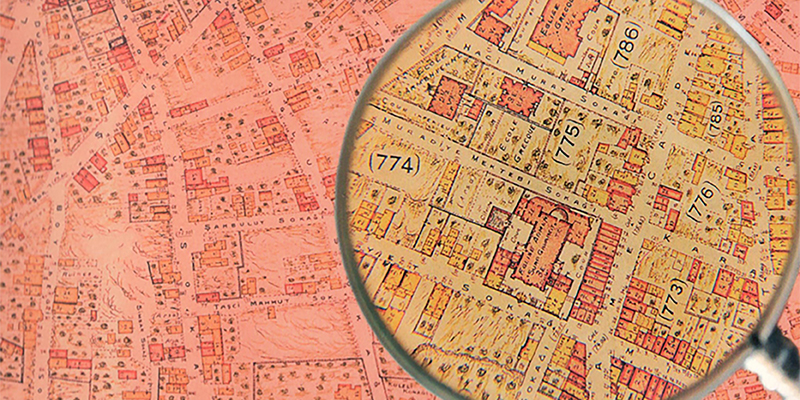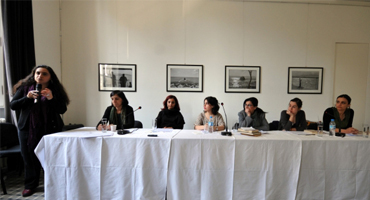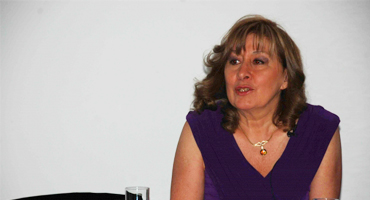Community foundations have managed to sustain their existence from the Ottoman period to the present day, and they carry great importance in perpetuating the activities of churches, synagogues, schools and hospitals; all institutions that have been established to meet the religious, cultural and social needs of non-Muslim communities. The state does not provide any support to these foundations, and the only income of their hayrats (charitable properties such as schools, churches, cemeteries) is the revenue generated by the akars (real estate properties generating income) they own. Because of problems that have been encountered for years, and properties that have been lost, or cannot be used, almost all foundations today continue their activities with budget deficits. These deficits are financed through donations minority communities try to collect from their own members.
The Armenian community, because of the painful experiences of the past, and discriminatory policies, a number of which continue today, and with the fear of losing the remaining little it has managed to hold on to,has grown increasingly silent, and reluctant to speak about the problems it has faced.
From March 2011 to December 2012, a study was carried out on the property ownership problems of the Armenian foundations in Istanbul, with the support of European Union and Open Society Foundation, with the aim to encourage the Armenians of Turkey to discuss their problems as citizens and demand their rights, and to sensitize the public opinion in Turkey which lacks an adequate level of information on the topic.
The starting point for the research was the archives of Hrant Dink, Agos, Lawyer Diran Bakar and Armenian foundations. Contacting Armenian foundations that were founded in Istanbul and managed to perpetuate their legal status (legal personality) in the period of the Republic, and introducing our research project to them so as to ensure their participation has been our main targets since the beginning of this study. All the documents of foundations, who opened their archives to us for the purpose of this study, have been digitalized and classified including the archives of immovable properties as well as others. Around 77.000 documents were digitalized. A database has been prepared targeting researchers who work in this area, built on the previous studies such as the work of the Communal Real Estate Commission, formed under the umbrella of the Armenian Patriarchate in 2001, as well as historical maps, and books on the issue.
The total number of Armenian foundation properties identified within the scope of the study is 1.328. Around 6.5% of these are properties that the foundations have lost, the location of which has not been determined or the present owner of which is unknown. The percentage of properties that could be title deed registered in the name of their foundation, or sold by their foundations, or in other words, experienced no ownership problem, is 44%. Properties that were seized in various ways make up 50% of all properties.
The proportion of immovable assets that have been title deed registered so far in the name of foundations in accordance with the applications made within the scope of laws no. 4771, 4772 and 4773 that were applicable in 2003, provisional clause 7 of the Law on Foundations no. 5737 that was applicable in 2008 or the decree law dated 27 August 2011, or the immovable assets that foundations have succeeded in retrieving through judicial process is only 11%.
‘2012 Declaration: The Seized Properties of Armenian Foundations in Istanbul’ was published to treat the issue in both its historical and legal aspects, and to form an overview of the subjugation of rights for decades, by producing a comprehensive inventory of the seized immovable assets of Armenian foundations in Istanbul, presenting statistical analyses, and revealing the human-social aspects of the problem. The book was launched on November 28th, 2012 at the meeting hall of IKSV with a press conference. The book can be obtained from the Hrant Dink Foundation for free.
Within the scope of the study, on 31 March-1 April, 19-20 May and 6-7 August, workshops were organized where the property ownership problems of minority foundations in terms of history and law were raised, the foundations’ managers shared their experience and the social needs of the Armenian community were discussed. During the field trips to Kumkapı and Beyoğlu organized as part of the first and second workshops respectively, the seized properties of the Armenian foundations were visited on the spot.
Short documentary films were prepared with the support of ConsulateGeneral of the Netherlands in Istanbul on Kalfayan Orphanage, Bomonti Primary School, Ortaköy Andonyan Armenian Catholic Monastery and Kasımpaşa Surp Hagop Armenian Church that was declared defunct, whose property ownership problems are told in detail in the book. The films are shared on the project’s website, www.istanbulermenivakiflari.org. It is possible to search the seized foundation properties according to various criteria such as “foundation name”, “neighborhood” and “type of property” on the interactive map on the website and to locate the properties.




